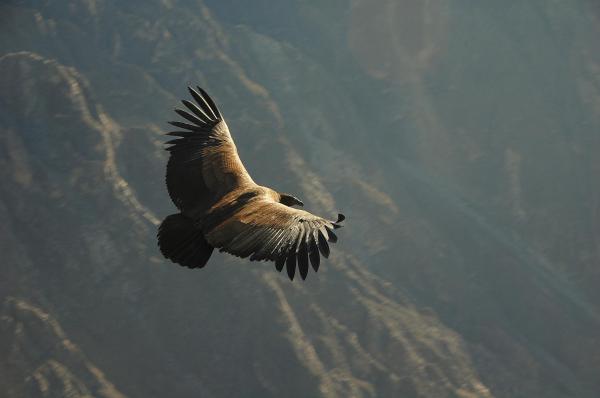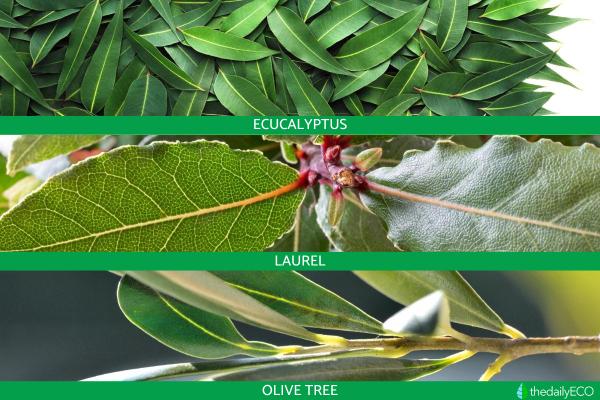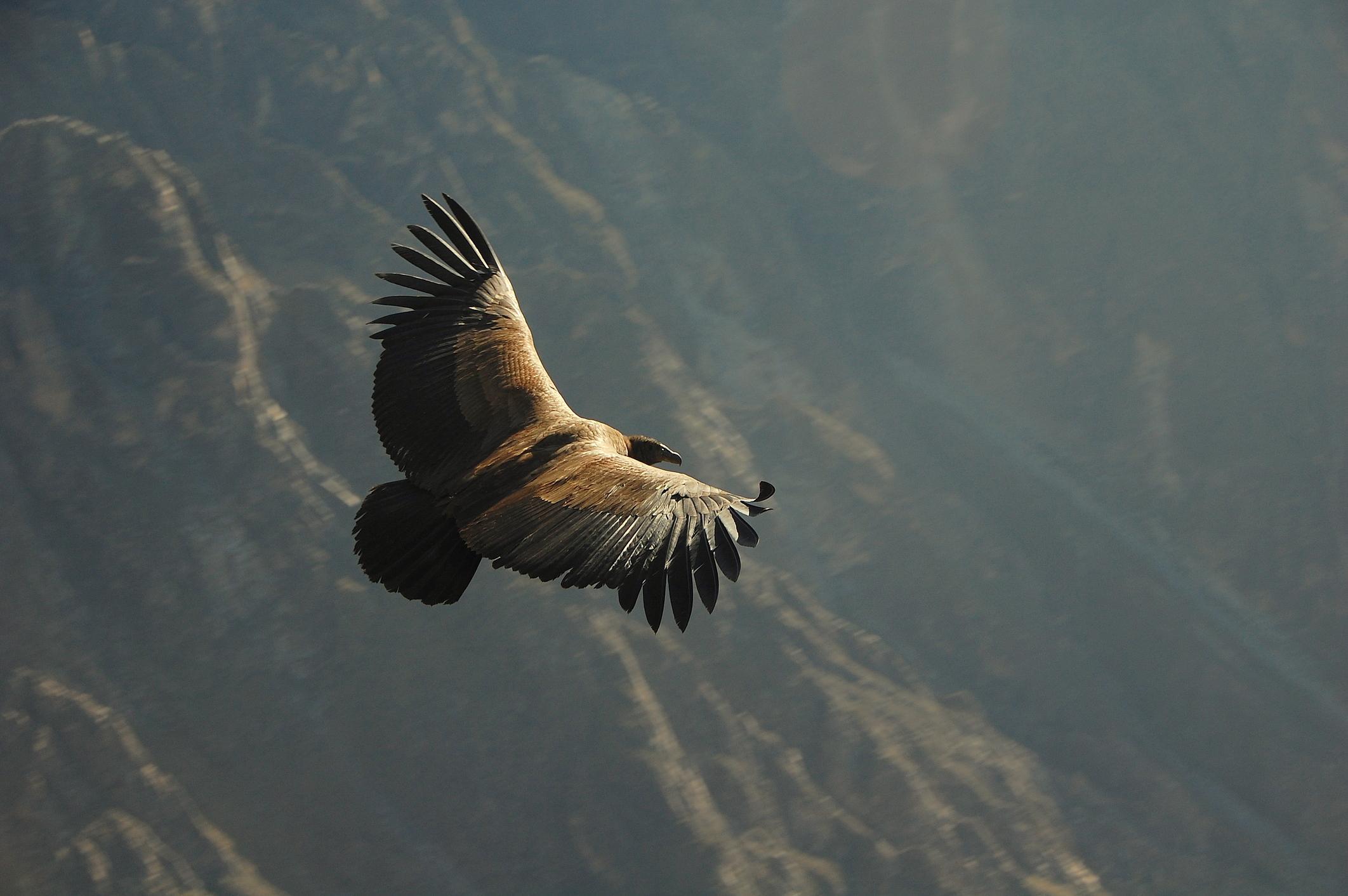What Is Parallel Evolution in Biology?


Although planet Earth is a closed system in terms of matter, it is constantly changing as a response to the conditions of a given place and time. From our human perspective, some of these changes are not easily perceptible. This is the case with evolutionary processes. While it may be common to think of evolution as a single process, it is actually various individual processes which affect the genes of living organisms. Since some of these processes are more similar to others, it can be helpful to categorize them into groups and types. This is the case with parallel evolution.
At thedailyECO, we ask what is parallel evolution in biology? We answer this question by looking at the definition of parallel evolution, as well as various examples in the natural world.
What is parallel evolution in biology?
In biology, evolution is the change in characteristics over time of groups of living organisms which are genetically inherited across generations. In this context, the definition of parallel evolution in biology is when two distinct species of organisms develop the same trait under similar environmental pressures or circumstances.
Although they occur in the same type of ecosystem, it is unlikely that two separate species would carry out the repetition of the same genotype or phenotype. For this reason, parallel evolution is relatively rare. The result of said type of evolution is the development of functional and morphological structures, in response to environmental conditions and their ability to adapt to them.
Take a look at our related article to learn about a type of evolution known as rapid evolution.
Causes of parallel evolution
Parallel evolution occurs when environmental conditions cause or demand that the organism have new structures in order to be functional in a given environment. Some of the causes that increase the probability of parallel evolution include the following:
- Natural Selection: different environmental pressures will result in changes to organisms that have adaptive advantages. Those unable to make such adaptations will eventually become extinct. The reason some species prevail and others do not is because their genes have adaptations that are less energetically costly. This is considered the least important cause to reach parallel evolution.
- Similarity in the environment: the main cause for parallel evolution to occur is that two related groups live in similar ecosystems, even when they are in different geographical locations. This is because related lineages will have similar ecological pressures leading them to develop similar modifications.
- Population size: when a population begins to increase, a process of clonal interference occurs. This results in a bias that favors mutations that have more selective advantages and that certain characters are expressed.
- Mutational heterogeneity: the genetic material of an organism does not always stay the same, but evolves over time to give new genotypes and phenotypes.

Examples of parallel evolution in biology
Although it is relatively rare, the phenomenon of parallel evolution has been recorded in biology. It is for this reason we can look to some specific examples of parallel evolution in nature:
Patagia in colugos, sugar gliders and flying squirrels
These animals have in common a thin membrane called a patagium that extends from the legs to the arms. This membrane forms a kind of parachute which catches the wind and allows them to glide. It does not allow them to fly like other mammals such as bats, but it can come in useful when moving from tree to tree.
Despite these animals have the same adaptive trait, each one belongs to distinct taxonomic groups. Colugos are from the order Dermoptera, sugar gliders from the order Diprotodontia and flying squirrels from the order Rodentia. The patagium feature was developed independently by each group to adapt to their environment, an environment which shares the same basic forms. This trait is an advantage that allows them to move from one tree to another without having to go down to the ground where predators abound.
Old and New World vultures
We can distinguish two large groups of vultures based on their geographical distribution. Those from the New World live in America and those from the Old World live in the continents of Europe, Asia and Africa. Despite living in different locations, both have the same eating habits. They are both scavengers that eat decomposing dead animals. They also have similar physical morphologies, specifically their bare heads and a highly acidic stomach. We might think that they are the same group because of how similar they are, but this is not the case.
Although both groups are birds belonging to the order of the falconiformes, they are very separated in terms of their close relationship. New World vultures are from the Cathartidae family, to which condors also belong. Old World vultures belong to the Accipitridae family, a group under which eagles are classified. They belong to a common higher clade, but to separate lower groups. These birds developed similar traits to each other because both of their ecosystems had decomposing animals that could be eaten and both occupied the available ecological niche.
Plant leaves
Parallel evolution can also be observed in plants. Perhaps the best example is found in the leaves of certain plants. For example, the classic lanceolate-shaped leaf can be seen in the eucalyptus, laurel or olive tree leaves. They all belong to the Magnoliopsida class, but the eucalyptus is from the Myrtaceae family, the laurel from the Lauraceae and the olive tree from the Oleaceae family. This foliar form provides advantages for the absorption of sunlight.

Differences between parallel evolution and convergent evolution
Now that we know the definition and seen examples of parallel evolution, let's consider convergent evolution. This occurs when two groups develop structures similar to those of other groups. It is for this reason it is often confused with parallel evolution.
The key to distinguishing both is due to the relation of each species to each other:
- Convergent evolution: presents the analogous evolutionary development in unrelated groups.
- Parallel evolution: occurs in distant groups, but which are under the same clade, i.e. they are distinct, but relatively close.
Another way to explain it is that in convergent evolution the descendants are more similar to each other than to their ancestors. In contrast, the descendants and ancestors in parallel evolution always have similarities.
We can better understand both terms if we look at the name of each one. Parallel evolution consists of two parallel or close groups evolving on a similar trait, whereas in convergent evolution two non-parallel groups converge or converge on a similar trait.
The adaptations of parallel evolution result in obvious physical changes, but these are controlled by genes found in their cells. Learn more about the building blocks of evolutionary change by looking at the differences between plant and animal cells.
If you want to read similar articles to What Is Parallel Evolution in Biology?, we recommend you visit our Biodiversity category.
- Bailey, S. F., Blanquart, F., Bataillon, T., & Kassen, R. (2017). What drives parallel evolution? How population size and mutational variation contribute to repeated evolution. Bioessays, 39(1), 1-9.
https://pubmed.ncbi.nlm.nih.gov/27859467/







